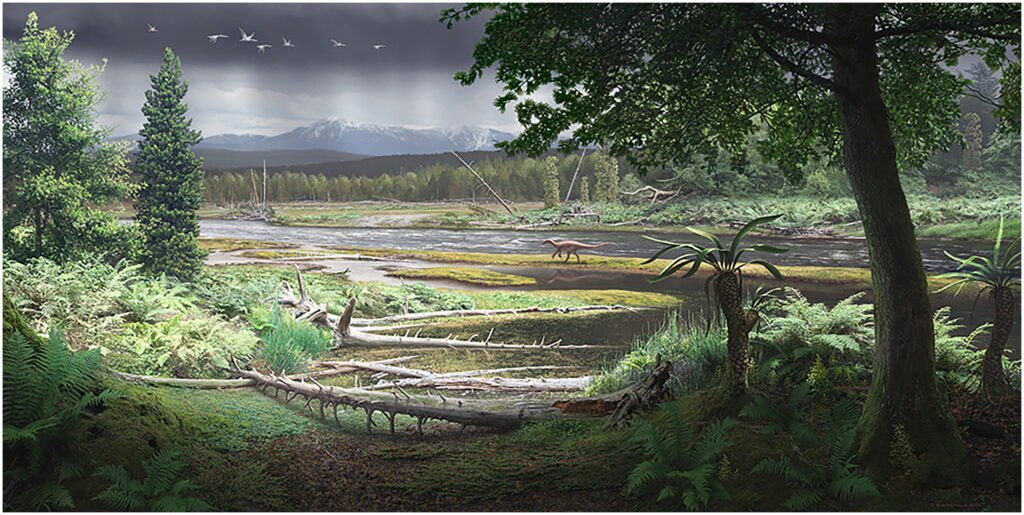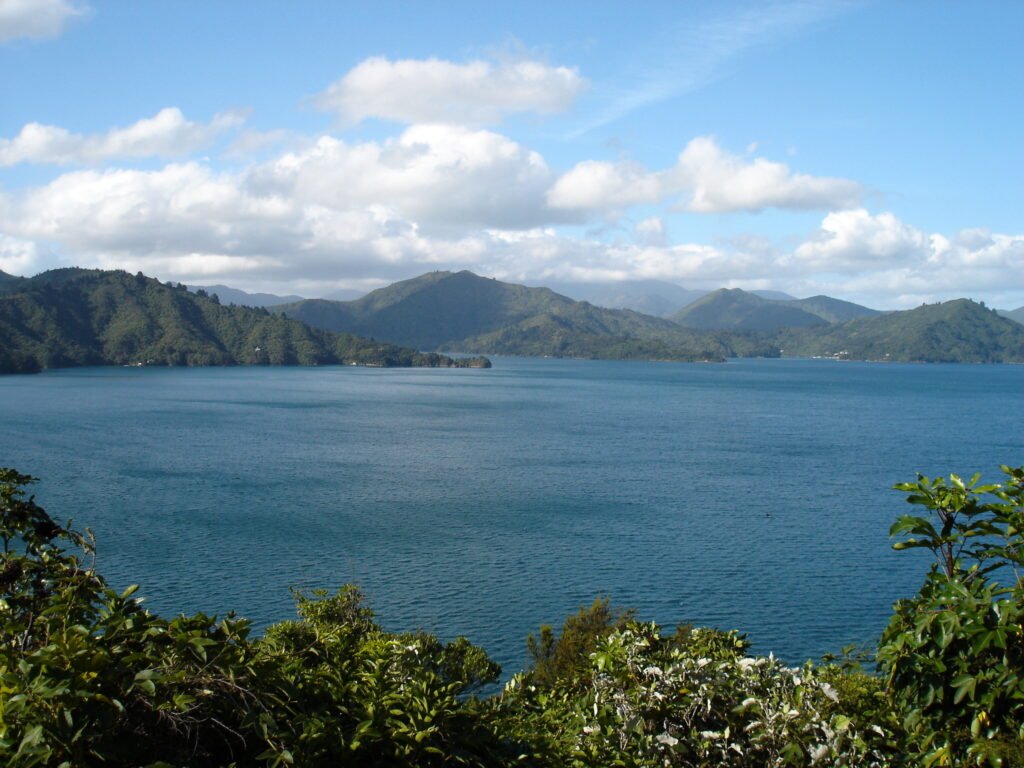Imagine a world where Antarctica wasn’t a frozen wasteland but a lush, river-cut forest teeming with life where dinosaurs, not penguins, roamed under months-long polar darkness. This was Earth 120 million years ago, during the Early Cretaceous, when what is now southern Australia sat within the Antarctic Circle. Thanks to groundbreaking research analyzing ancient pollen and spores, scientists have reconstructed the lost habitat of “polar dinosaurs,” revealing an ecosystem far stranger and more resilient than we ever imagined.
A Land of Darkness and Dinosaurs: Antarctica’s Lost World

Antarctica today means ice, but 120 million years ago, this frozen continent was a landscape of giant conifers, vast ferns, and meandering rivers. Though subjected to months of round-the-clock winter darkness, the polar climate was anything but desolate. Dinosaurs roamed these lands, attuned to a climate where temperatures were 6–14°C (43–57°F) higher than they are now. Fossil deposits in Victoria, Australia that had once been joined to Antarctica provide the answer to how life could have survived in such harsh conditions.
The Dinosaurs That Called the Antarctic Circle Home

Polar dinosaurs were not the massive Jurassic Park predators. Rather, they were smaller, more robust species designed for endurance. The area had:
- Small ornithopods : beaked, herbivorous dinosaurs with grinding rows of teeth.
- Feathered theropods : agile, meat-eating predators that were close relatives of early birds.
They roamed thickets of fern and coniferous forests, an environment far removed from the cold tundras we imagine today for polar countries.
How Scientists Rebuilt a 120-Million-Year-Old Ecosystem

Paleontologists didn’t just use bones, they looked to ancient spores and pollen preserved in rock. By examining almost 300 samples at 48 locations, scientists mapped out the vegetation of this vanished world. Some highlights include:
- Conifers filled the canopy, as today’s boreal forests do.
- Ferns covered the ground, such as scaly tree ferns and ancient species.
- Daisy plants appeared about 113 million years ago, causing a mass extinction of ancient understory vegetation.
This snapshot of the botanical world shows a dynamic ecosystem in motion, reconfigured by forces of evolution.
No Ice Caps, But Months of Darkness How Did Life Survive?

The Early Cretaceous was one of the warmest times on Earth, with no polar ice caps. And despite that, Antarctica still experienced extreme seasonal fluctuations:
- Winter brought months of total darkness.
- Summer saw near-constant daylight.
Dinosaurs likely adapted through:
- Hibernation-like torpor to conserve energy.
- Enhanced night vision or insulation (feathers helped).
- Migration along river valleys to follow food sources.
Plants, meanwhile, evolved rapid growth cycles to exploit brief summers.
The Arrival of Flowers, A Cretaceous Revolution

About 113 million years ago, flowering plants (angiosperms) burst onto the planet including Antarctica. Their success came at a price:
- Ancient ferns and mosses went into decline as flowers competed with them.
- Forests became more open, with conifers towering over flowering shrubs.
This shift may have altered dinosaur diets, forcing herbivores to adapt or vanish.
Why This Ancient Climate Matters Today
Studying polar dinosaurs isn’t just about the past it’s a window into climate resilience. The Cretaceous proves that:
- Life can thrive in extreme, changing environments.
- Ecosystems transform dramatically with temperature shifts.
As modern Antarctica warms, these lessons from deep time grow ever more urgent.
Conclusion: A Lost World Reborn in Science

Thanks to fossilized pollen and painstaking research, we can now walk in our minds through the fern-choked forests where polar dinosaurs once roamed. This wasn’t a frozen wasteland, but a vibrant, ever-changing world. And as climate change reshapes our planet, understanding how life endured the extremes of the past may help us prepare for the future.
Would you believe that Antarctica was once a dinosaur paradise? The evidence is written in the rocks and now, finally, we can read their story.
Sources:

Jan loves Wildlife and Animals and is one of the founders of Animals Around The Globe. He holds an MSc in Finance & Economics and is a passionate PADI Open Water Diver. His favorite animals are Mountain Gorillas, Tigers, and Great White Sharks. He lived in South Africa, Germany, the USA, Ireland, Italy, China, and Australia. Before AATG, Jan worked for Google, Axel Springer, BMW and others.




